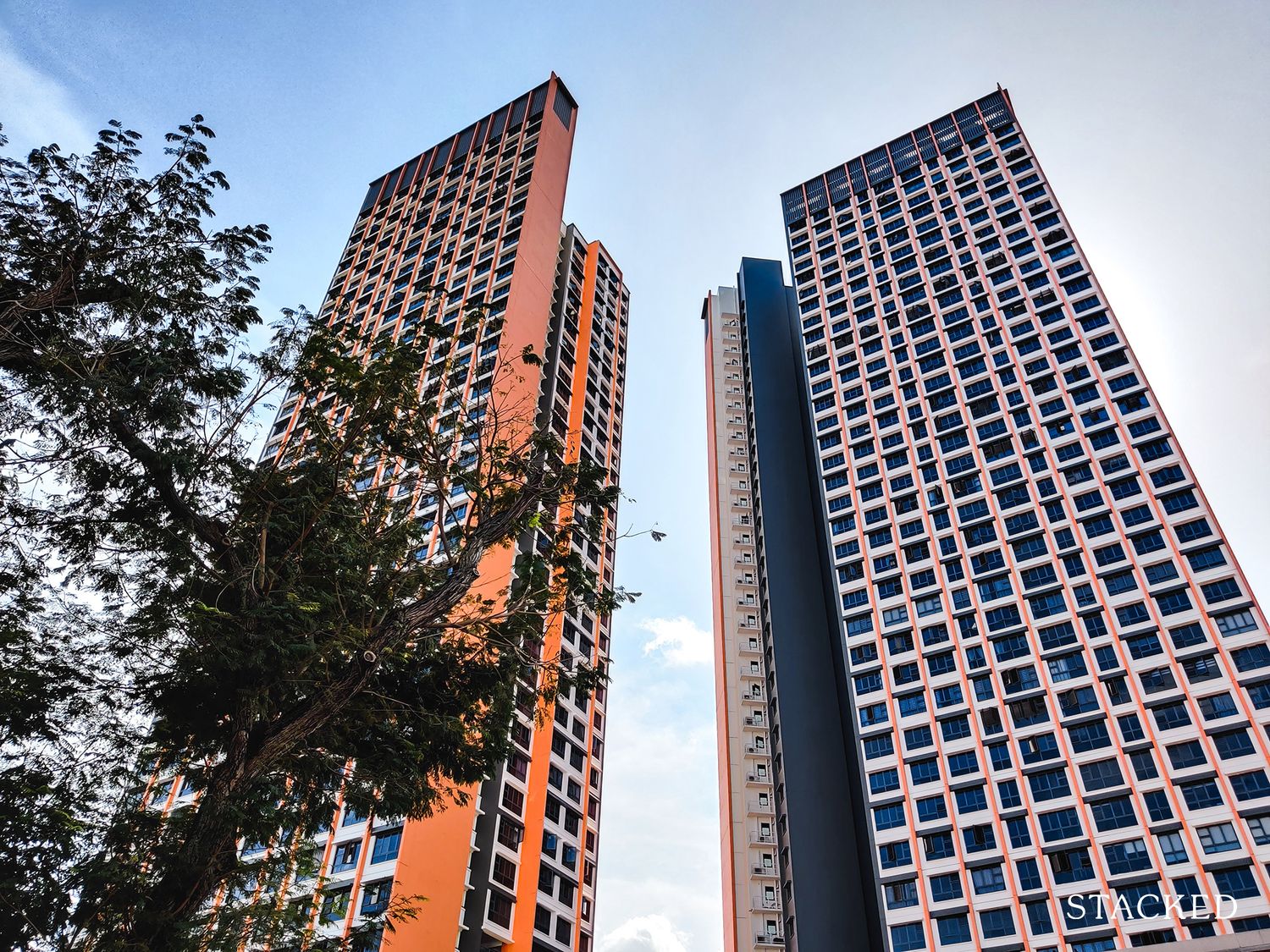Can You Afford To Upgrade From An HDB Flat To A Landed Property? Here’s The Math
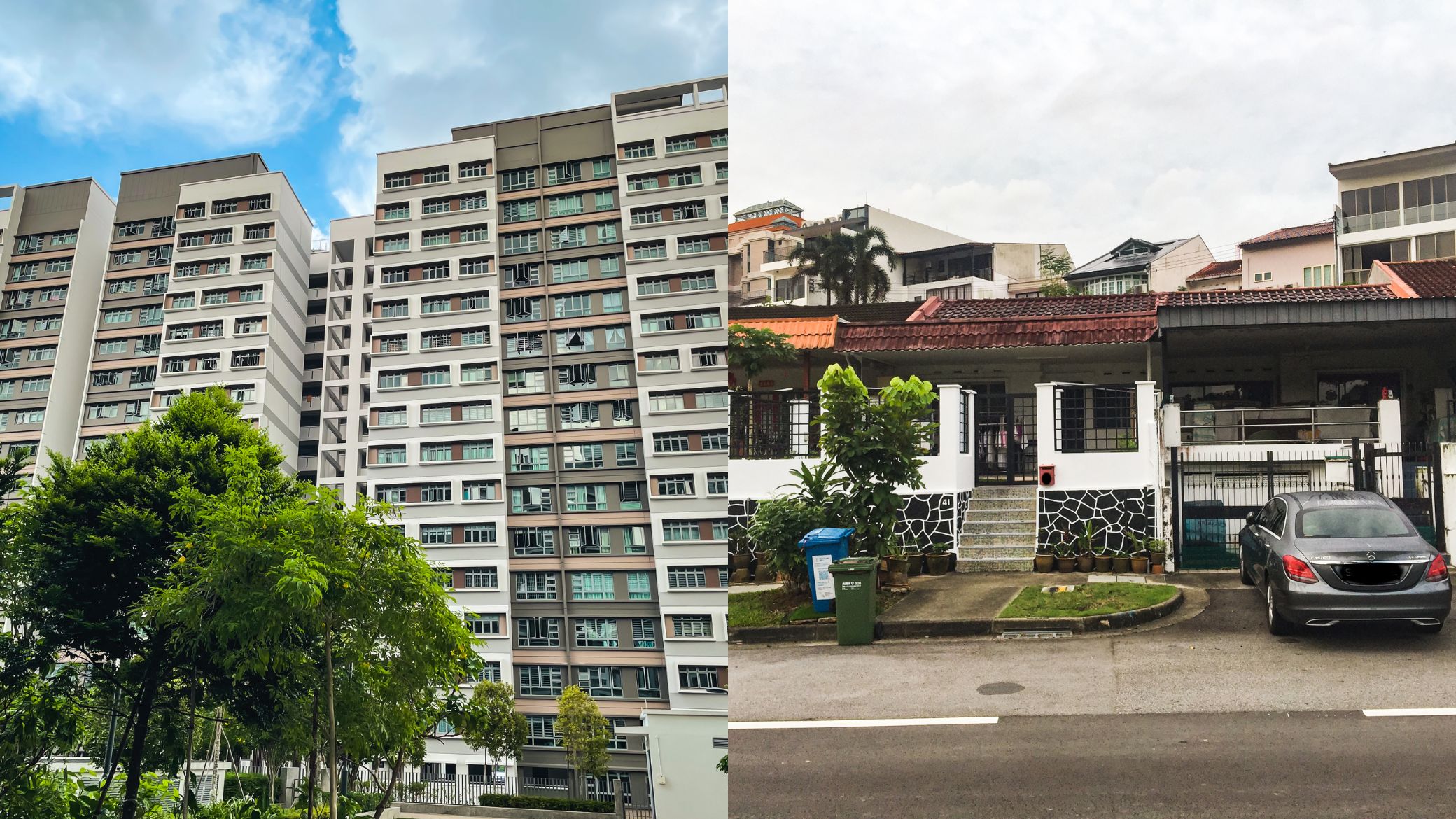
Get The Property Insights Serious Buyers Read First: Join 50,000+ readers who rely on our weekly breakdowns of Singapore’s property market.
A seasoned content strategist with over 17 years in the real estate and financial journalism sectors, Ryan has built a reputation for transforming complex industry jargon into accessible knowledge. With a track record of writing and editing for leading financial platforms and publications, Ryan's expertise has been recognised across various media outlets. His role as a former content editor for 99.co and a co-host for CNA 938's Open House programme underscores his commitment to providing valuable insights into the property market.
Maybe it’s due to diligent savings, maybe it’s due to the meteoric rise in resale flat values since Covid, or maybe it’s both. But on the ground, we’ve seen younger homebuyers show interest in recent years to skip the “condo” part of property progression and go straight for a landed home. But how exactly do the numbers work out, and are you in a position to do this? Let’s find out:
First, let’s look at some reasonable estimates for landed home prices
We’ll avoid extremes here, and focus on the types of houses within an HDB upgrader’s needs (e.g., no super-lux bungalows or rare oddities like HDB landed). This is roughly around the $2/3 million range, and we also want to ensure the remaining lease is at least around 60 years.
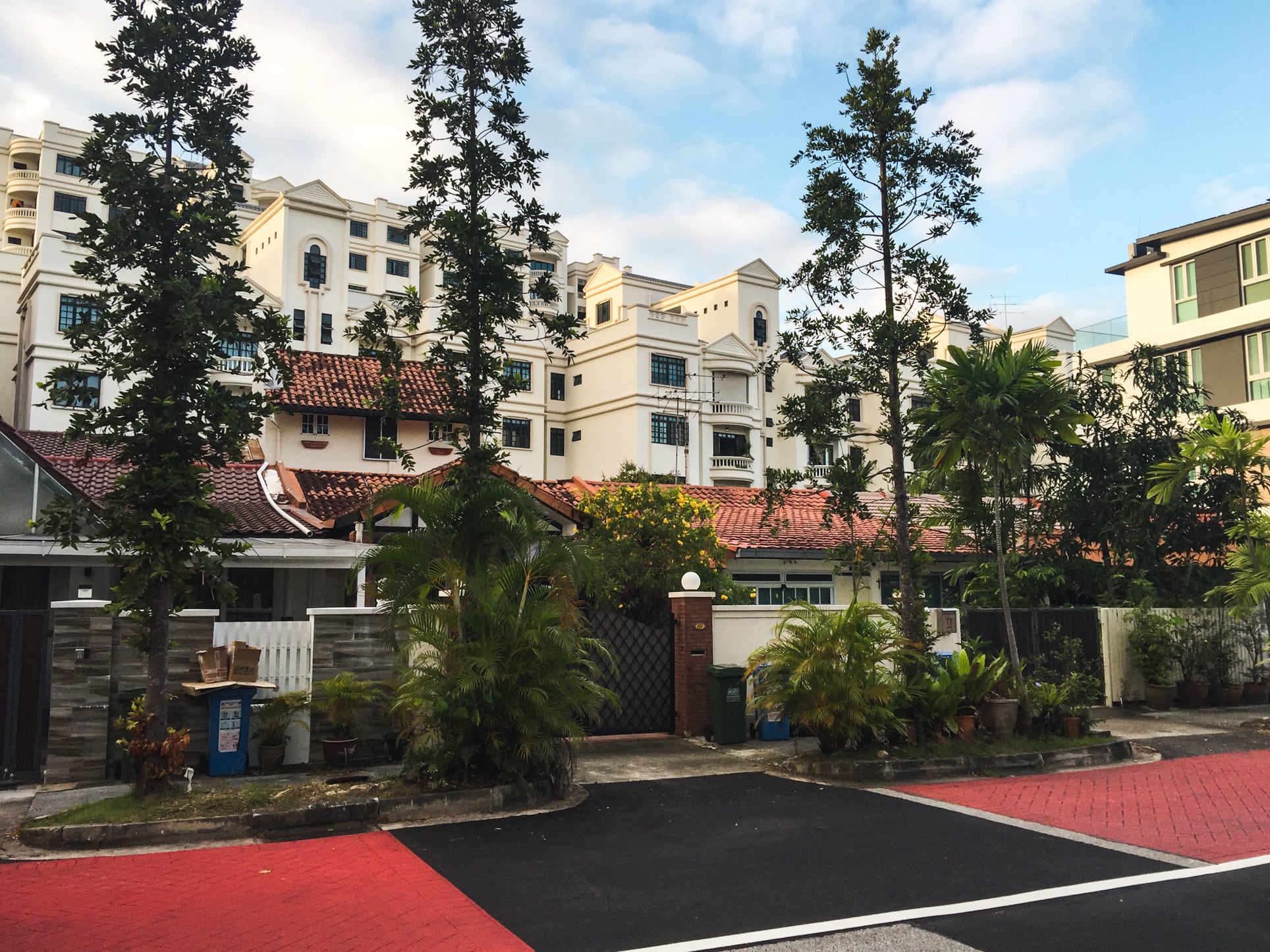
Here are some possible options, based on recent transactions:
| Area | Transacted Price ($) | Area (SQFT) | Unit Price ($ PSF) | Sale Date | Address | Tenure | Property Type |
| VILLA VERDE | $1,900,000 | 1,615 | $1,177 | 14 Nov 2023 | 34 VERDE AVENUE | 99 yrs from 22/03/1997 | Terrace House |
| WESTVILLE | $1,900,000 | 1,833 | $1,036 | 31 Jan 2024 | 64 WESTWOOD TERRACE | 99 yrs from 01/12/1994 | Terrace House |
| OPERA ESTATE | $1,990,000 | 1,393 | $1,429 | 21 Jul 2023 | 4 RIENZI STREET | Freehold | Terrace House |
| KEW VALE | $2,000,000 | 1,679 | $1,191 | 22 Aug 2023 | 136 KEW DRIVE | 99 yrs from 03/02/1994 | Terrace House |
| WESTVILLE | $2,000,000 | 1,615 | $1,239 | 15 Feb 2024 | 147 WESTWOOD CRESCENT | 99 yrs from 01/12/1994 | Terrace House |
| WESTVILLE | $2,020,000 | 1,619 | $1,248 | 3 Oct 2023 | 130 WESTWOOD CRESCENT | 99 yrs from 01/12/1994 | Terrace House |
| WESTVILLE | $2,023,000 | 1,612 | $1,255 | 11 Jul 2023 | 191 WESTWOOD CRESCENT | 99 yrs from 01/12/1994 | Terrace House |
| VILLA VERDE | $2,025,000 | 1,945 | $1,041 | 2 Apr 2024 | 146 VERDE VIEW | 99 yrs from 22/03/1997 | Terrace House |
What’s the cost breakdown of a landed home like this?
For our example, we’ll assume the home is in good enough condition that you avoid the most major repair costs (e.g., no overhaul of the plumbing, having to replace the roof, and so on). We’ll keep the renovation works to a low estimate of around $50,000.
| Purchase Price | $2,000,000 |
| Buyers Stamp Duty | $69,600 |
| Legal Fees | $3,000 |
| Downpayment | $500,000 |
| Cash Portion (5%) | $100,000 |
| Cash and / or CPF (20%) | $400,000 |
| Renovation works | $50,000 |
| Total Cash/CPF Required | $622,600 |
Is this a reasonable expectation? Here’s a look, based on a couple saving 30 per cent of their income over 10 years. We’ll assume a starting income of $5,500 per month each, with progressive increments over time.
(Note that $5,500 was higher than the median wage 10 years ago, so this would be considered a higher-income couple. In all frankness, upgrading to a landed property is a stretch for middle or lower-income couples.)
| Period | Gross Salary | Cash Salary | CPF OA | 2 Person Cash Savings | 2 Person CPF OA |
| 1 | $66,000 | $52,800 | $15,239 | $31,680 | $30,479 |
| 2 | $69,000 | $55,200 | $31,457 | $33,120 | $62,914 |
| 3 | $72,000 | $57,600 | $48,818 | $34,560 | $97,635 |
| 4 | $75,000 | $60,600 | $66,610 | $36,360 | $133,221 |
| 5 | $78,000 | $63,600 | $84,848 | $38,160 | $169,696 |
| 6 | $81,000 | $66,600 | $103,542 | $39,960 | $207,083 |
| 7 | $84,000 | $69,600 | $122,702 | $41,760 | $245,405 |
| 8 | $87,000 | $72,600 | $142,342 | $43,560 | $284,685 |
| 9 | $90,000 | $75,600 | $162,473 | $45,360 | $324,946 |
| 10 | $93,000 | $78,600 | $183,107 | $47,160 | $366,215 |
| Total | $391,680 | $366,215 |
This roughly comes to the following:
| Cash Savings | $391,680 |
| Total CPF in OA | $366,215 |
| Total Saved Over 10 Years | $757,895 |
It may not be exact, and CPF has the potential to change over the years – but we can see how it’s plausible here. We also shouldn’t forget that you’ll have the sale proceeds of your flat, which we will show in the next bit.
Don’t forget the sale proceeds from your flat can help too
Hopefully, your flat would have appreciated, and can help to fund your upgrading. There is one tricky thing to note though:
When you sell your flat, you need to refund the amount used from CPF (including the accrued 2.5 per cent interest). While your CPF can later be used for the landed property, there’s an absolute minimum of $100,000 that can’t come from CPF or loans (5% of the purchase price of $2 million).
So If you had to refund the entire sale proceeds of your flat to CPF, raising this amount in hard cash might be an issue. This is why upgraders might want to service at least part of their home loan in cash.
Also, note that the bank loan doesn’t cover any costs above the property’s valuation (e.g., if the valuation is $1.95 million, but the seller’s price is $2 million, the extra $50,000 has to be paid in cash).
Meeting the home loan requirements
Assuming you have a good credit score, and no significant outstanding debts (car loans, education loans, etc.), your main hurdle to qualifying will be the Total Debt Servicing Ratio (TDSR). The TDSR caps your maximum monthly home loan to 55 per cent of your monthly income.
In our example, we’re looking for a loan quantum of $1.5 million for our landed home; so the TDSR works out like this:
| Loan Amount | $1,500,000 |
| TDSR | 55% |
| Mortgage Repayment (30 years, 4.8%) | $7,870 |
| Income required | $14,309 |
The income required is above our buyers in this example, so they’ll likely need to increase their down payment a bit (e.g., by another $100,000) to qualify.
(Note that it’s a bit tougher for those with variable income, such as if you work on commissions or are relying on rental income. Variable income sources count as being 30 per cent lower, for the purposes of TDSR calculation.)
In general, it’s possible to go from HDB straight to landed housing, with an income in the upper-middle bracket
From the numbers, you can see you don’t need to be super-rich; but an HDB-to-landed upgrade does require you to be in an upper income bracket (or to just have a lot of accrued wealth for a much bigger down payment).
We’d also say that, for couples in the above example, it would probably be advisable to not go for the upgrade here. It requires you to put in almost everything you’ve saved, and to stretch out loan limits all the way. Also, a $2 million landed home – which is the lower end of the landed segment – is leasehold, and may not have the same capital retention as a freehold property. Bear in mind that landed homes can be much more costly in terms of maintenance over time as well, as there’s more in the way of fixtures, fittings, etc.
(For strata-titled landed homes, by the way, you tend to end up with a higher share value due to the size of the house, or fewer total units compared to a condo. So the maintenance fees are much higher, even if facility costs are shared).
It may be best to still use a condo as an intervening step and to leap from there to a landed property further down the road.
If you’re considering upgrading to a landed home, and need help based on your unique property situation, reach out to us at Stacked.
Ryan J
A seasoned content strategist with over 17 years in the real estate and financial journalism sectors, Ryan has built a reputation for transforming complex industry jargon into accessible knowledge. With a track record of writing and editing for leading financial platforms and publications, Ryan's expertise has been recognised across various media outlets. His role as a former content editor for 99.co and a co-host for CNA 938's Open House programme underscores his commitment to providing valuable insights into the property market.Read next from Property Advice

Property Advice Most New Condo Buyers in Singapore Forget to Check This Before Buying (Until It’s Too Late)
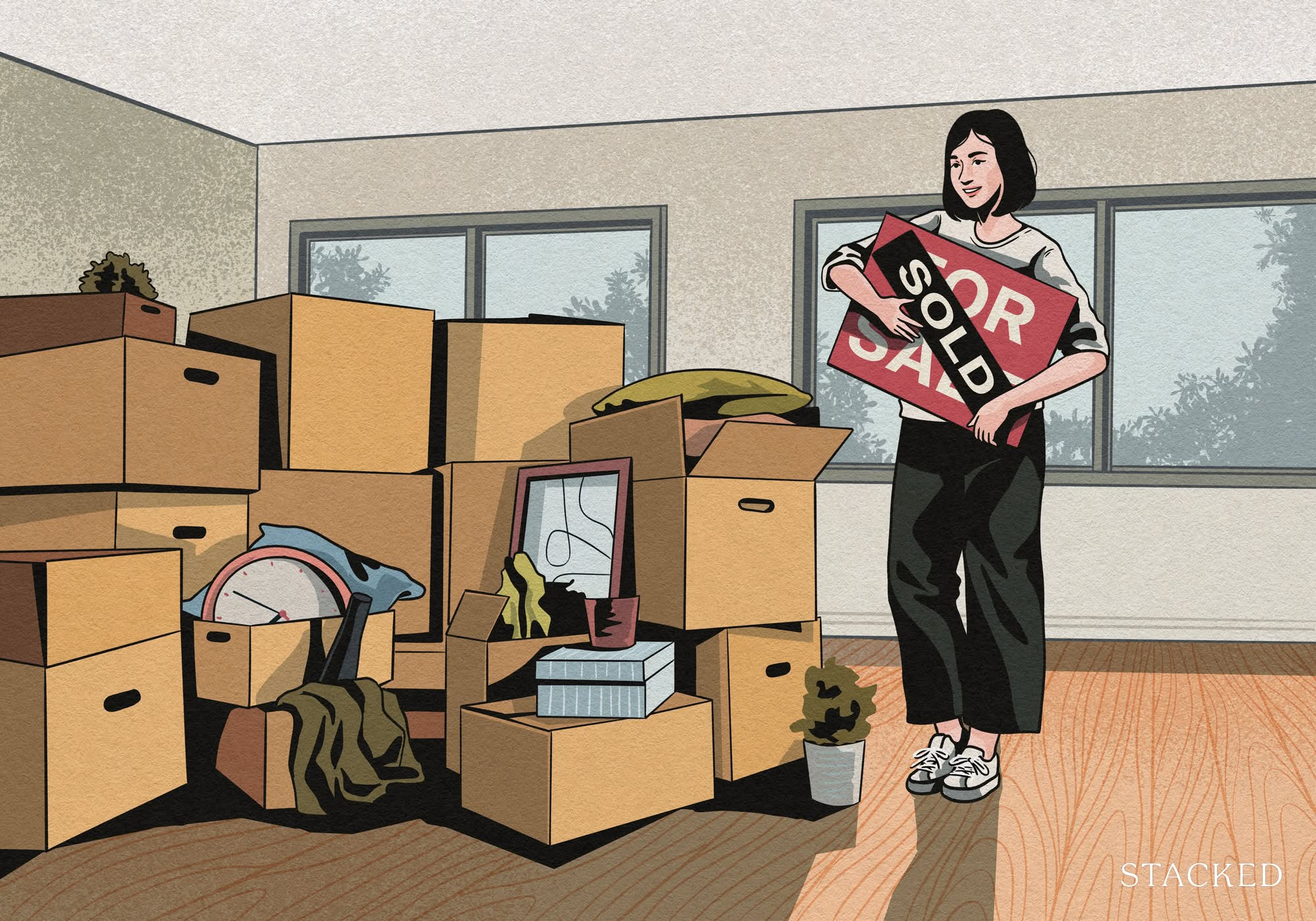
Property Advice Why I Sold My 40-Year-Old Jurong Flat For A Newer Bukit Panjang One: A Buyer’s Case Study
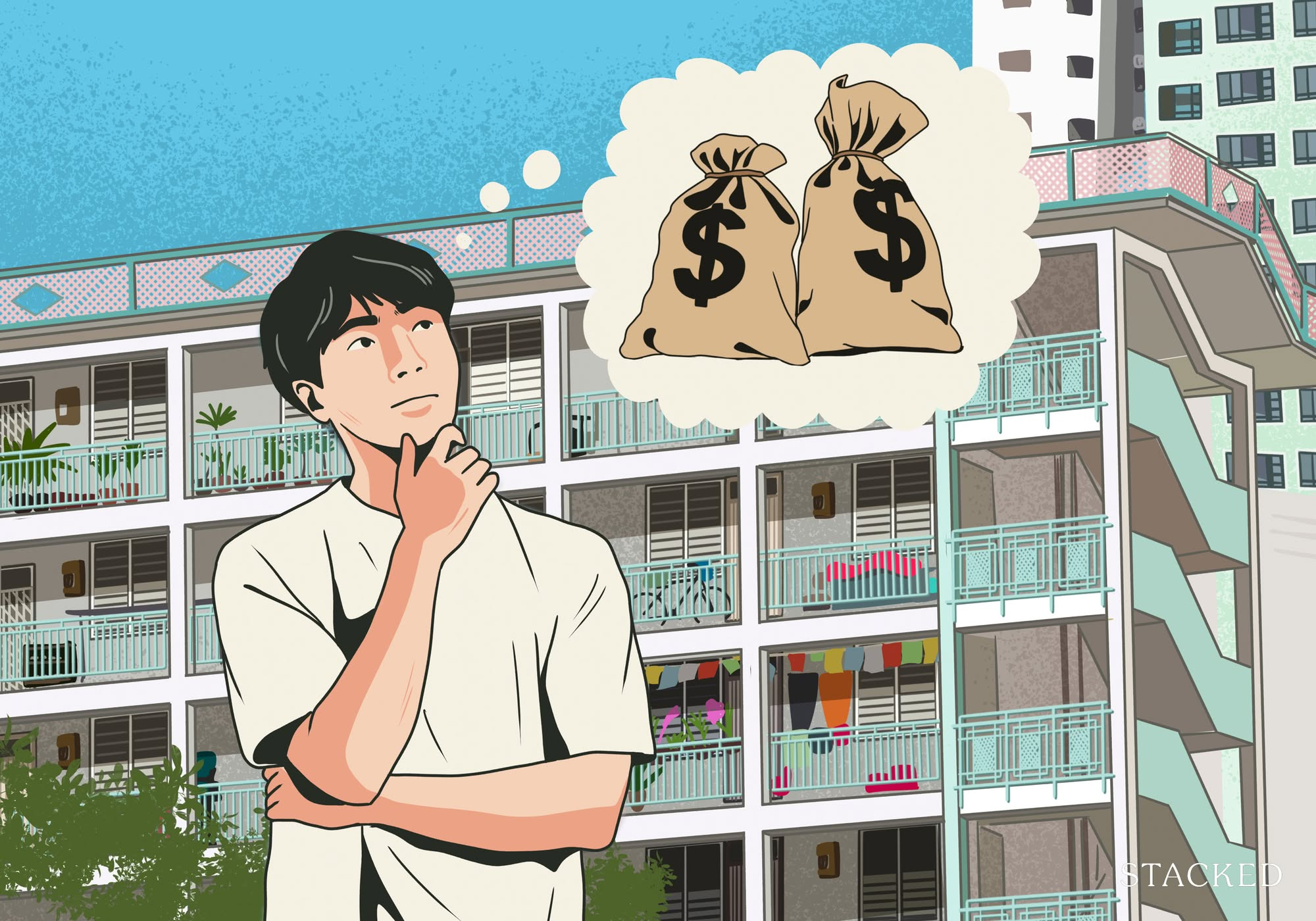
Property Advice 5 Ways To Get A Better Price For Your Property When The Market Is Changing
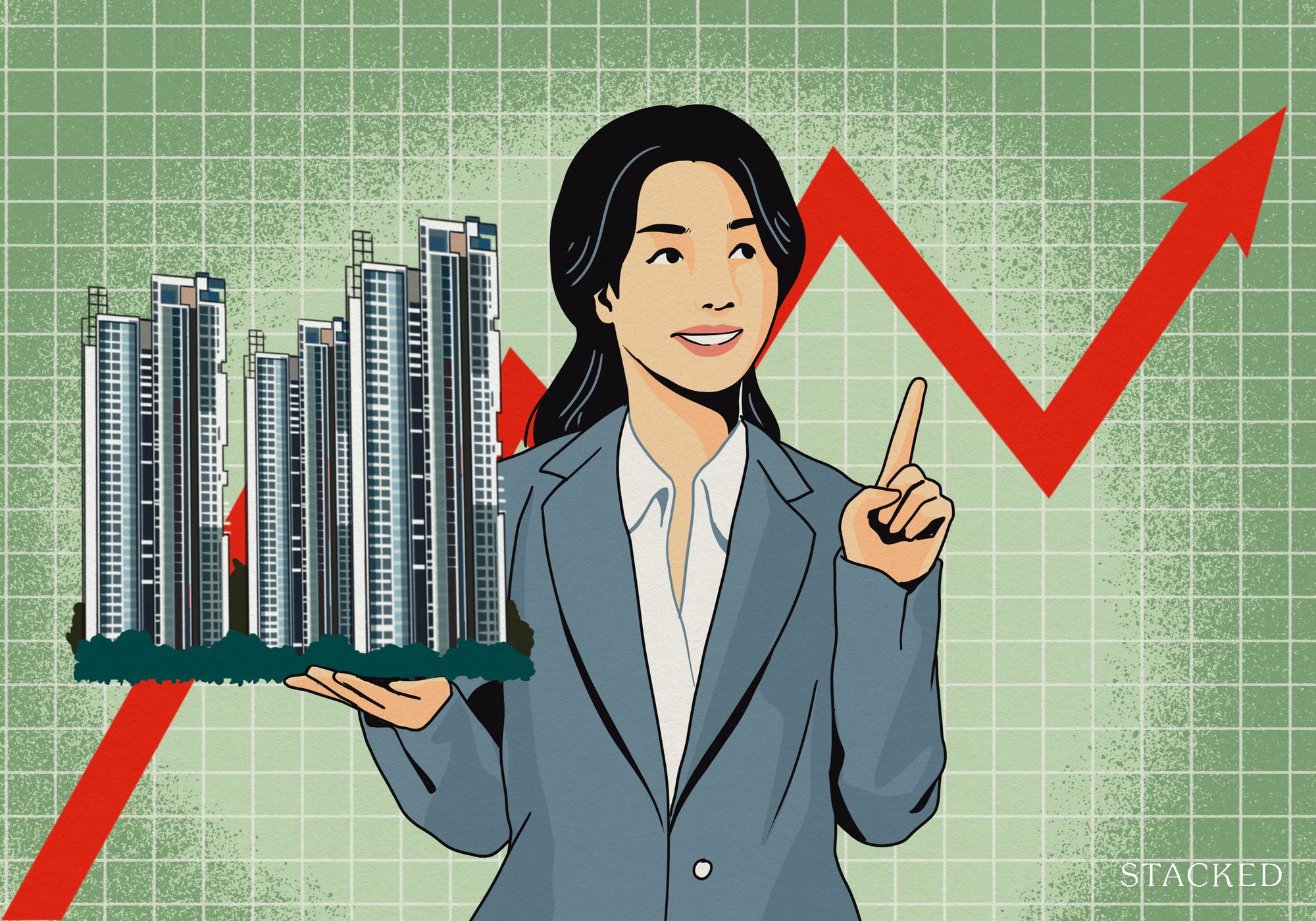
Property Advice 5 Telltale Signs to Watch Before Property Prices Move In Singapore
Latest Posts
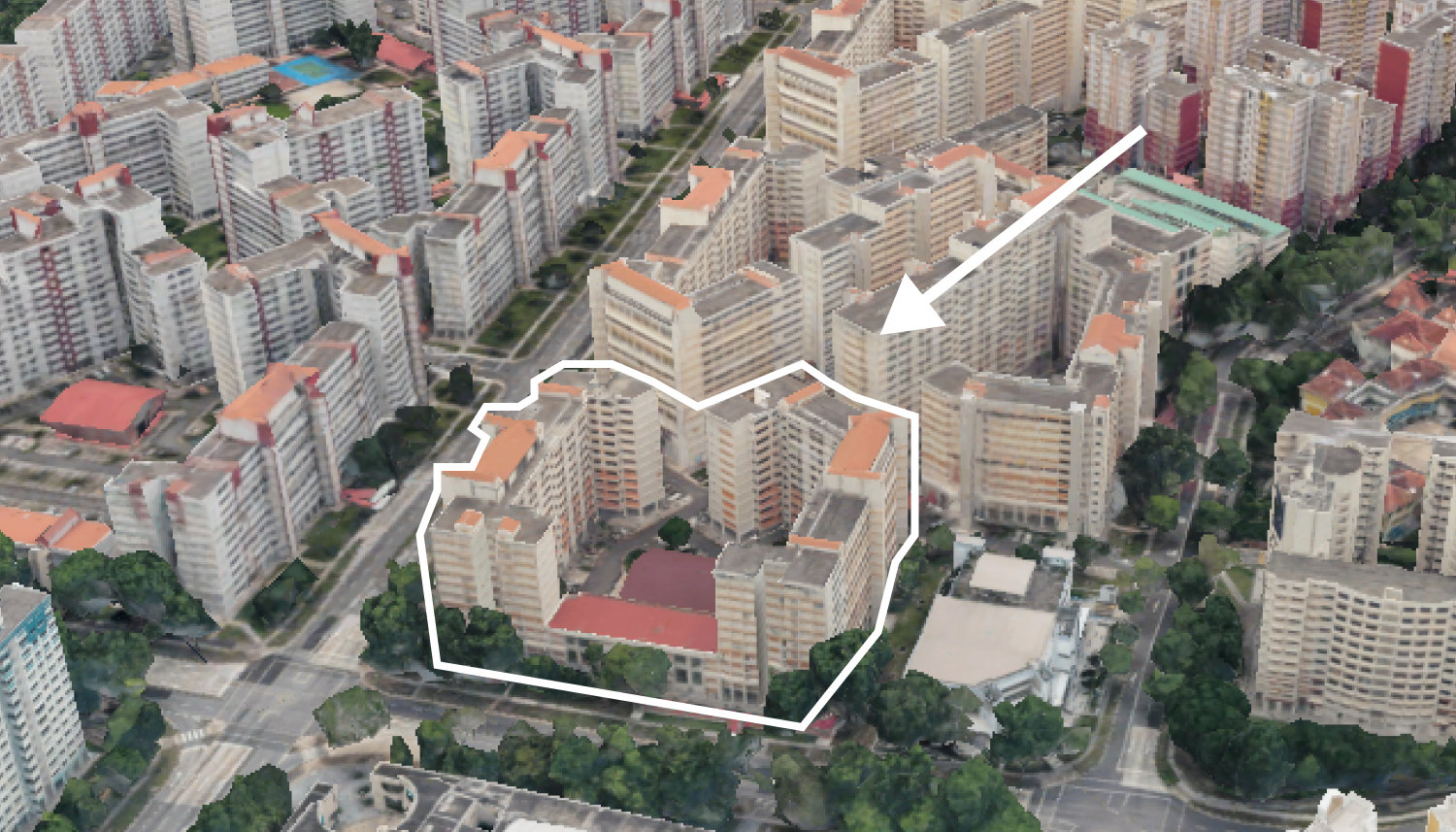
On The Market We Found the Cheapest Yet Biggest 4-Room HDBs You Can Buy From $480K
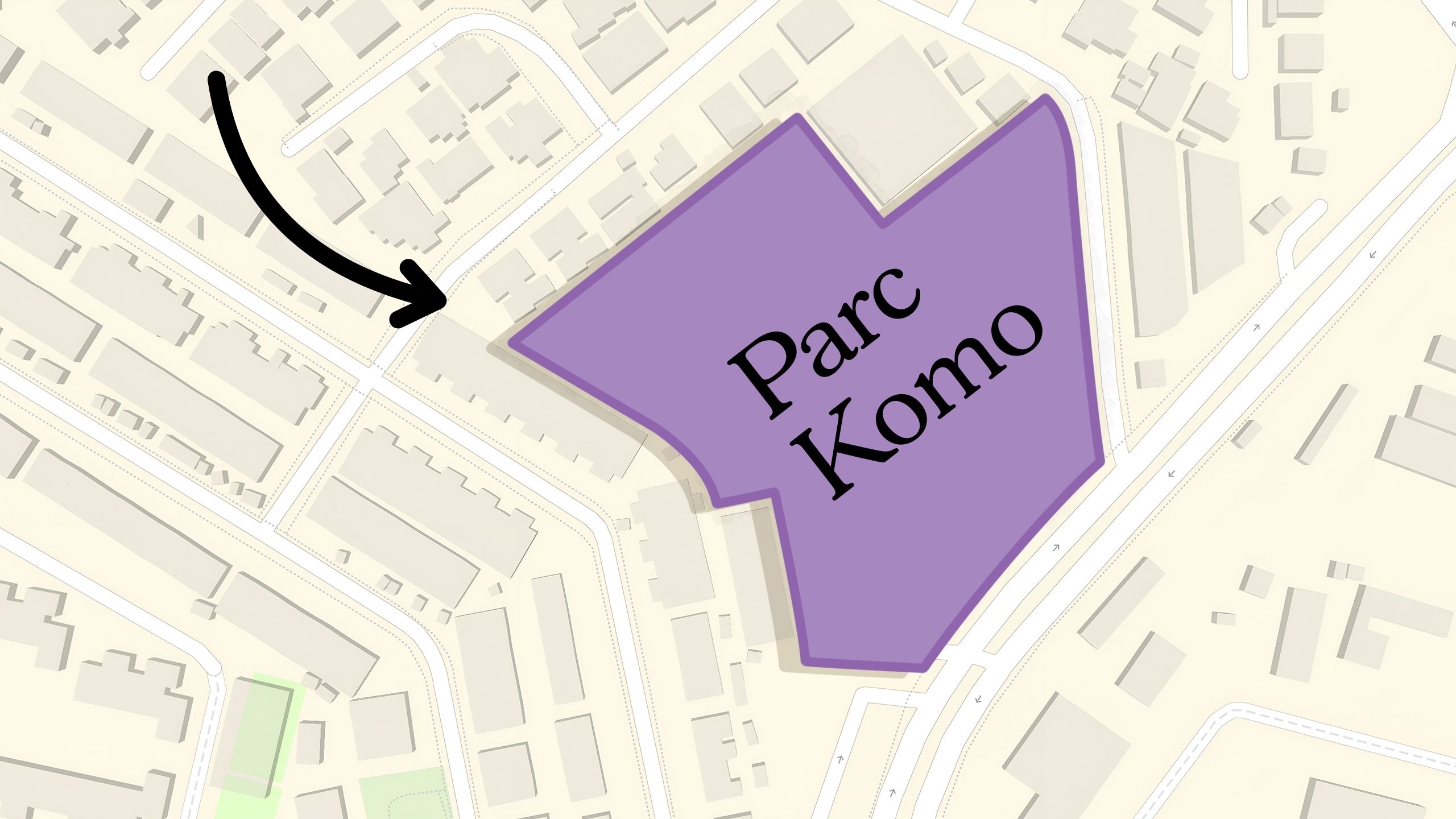
Pro Why This Freehold Mixed-Use Condo in the East Is Underperforming the Market
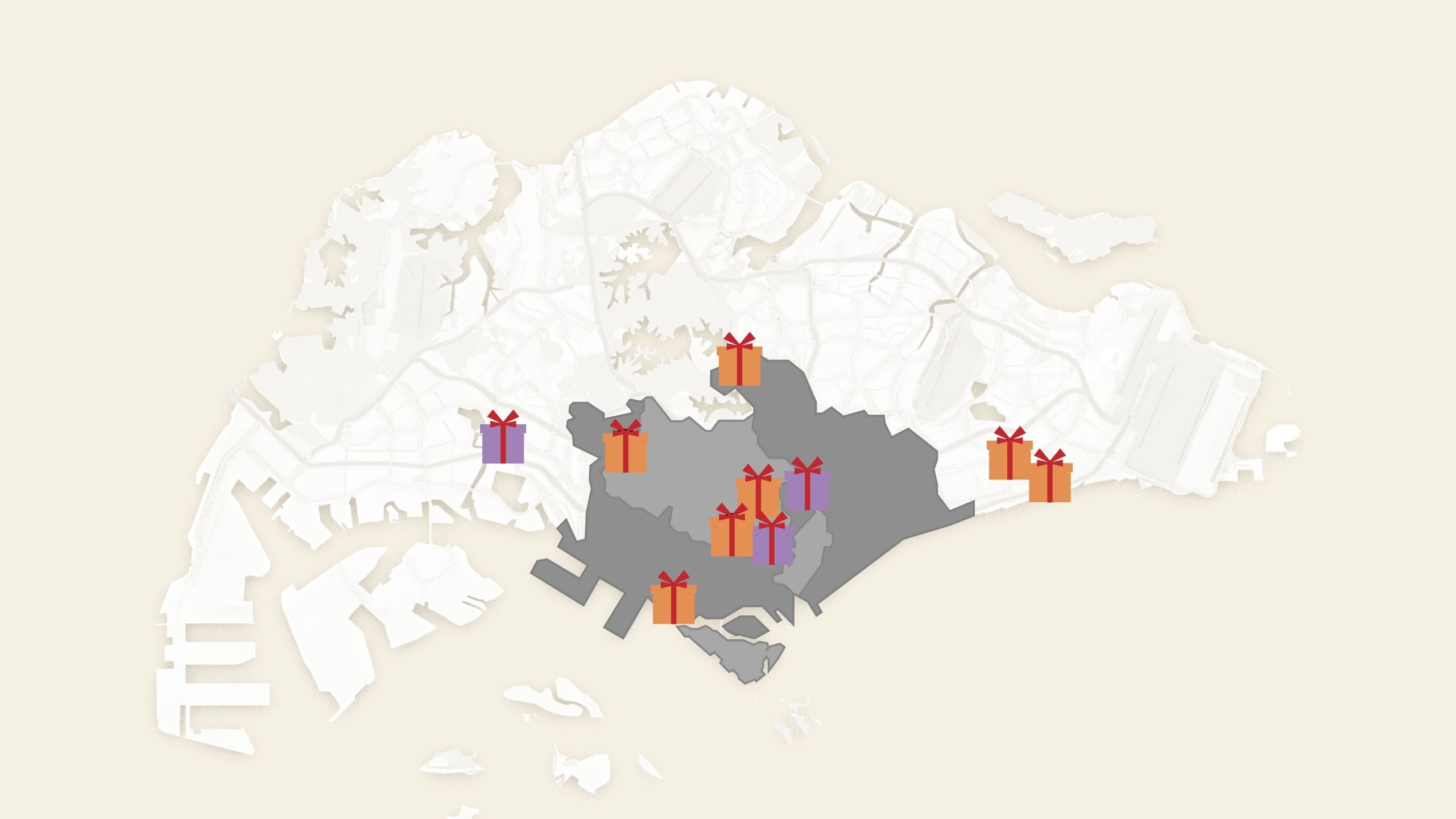
Singapore Property News 10 New Upcoming Housing Sites Set for 2026 That Homebuyers Should Keep an Eye On
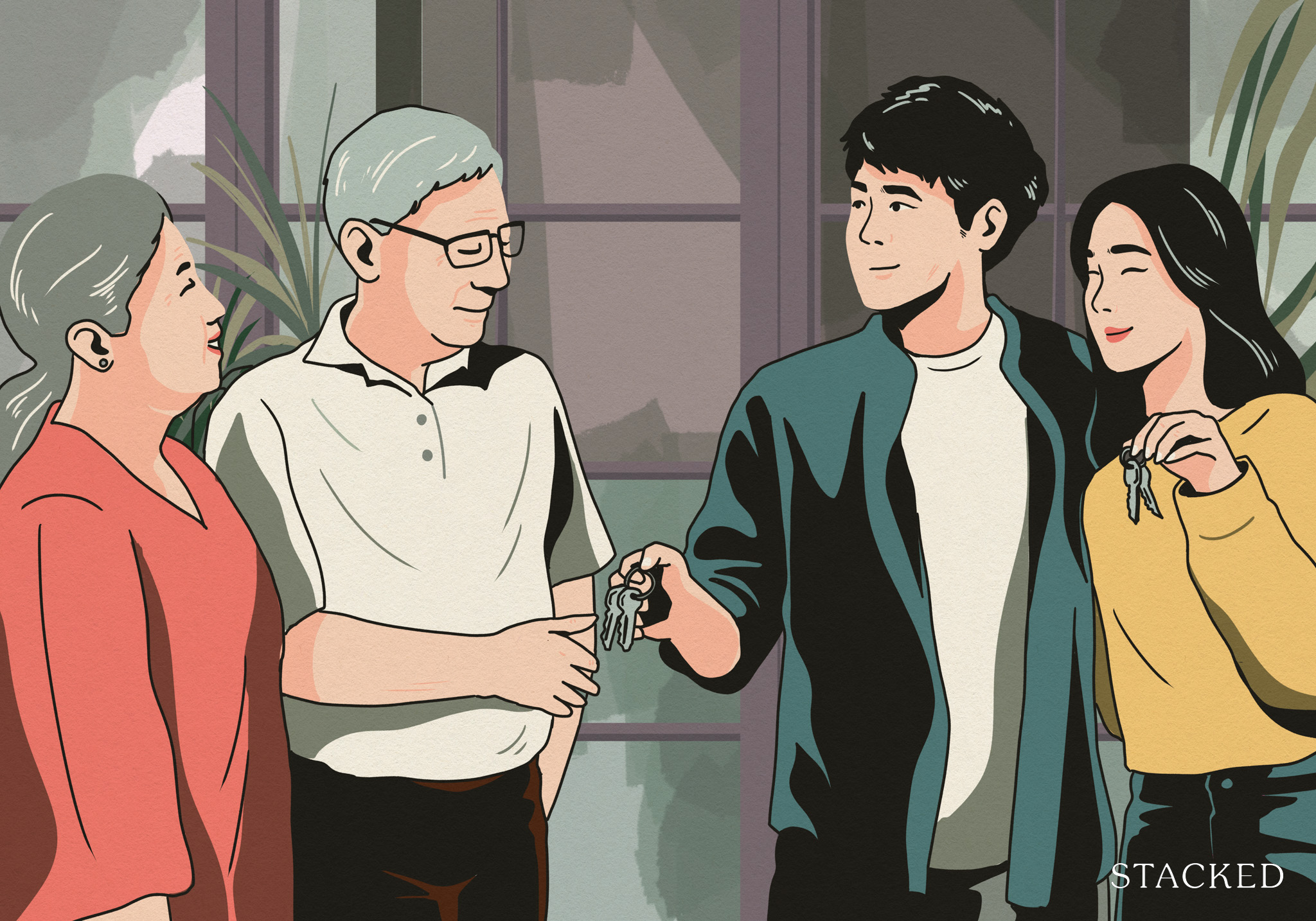
Homeowner Stories I Gave My Parents My Condo and Moved Into Their HDB — Here’s Why It Made Sense.
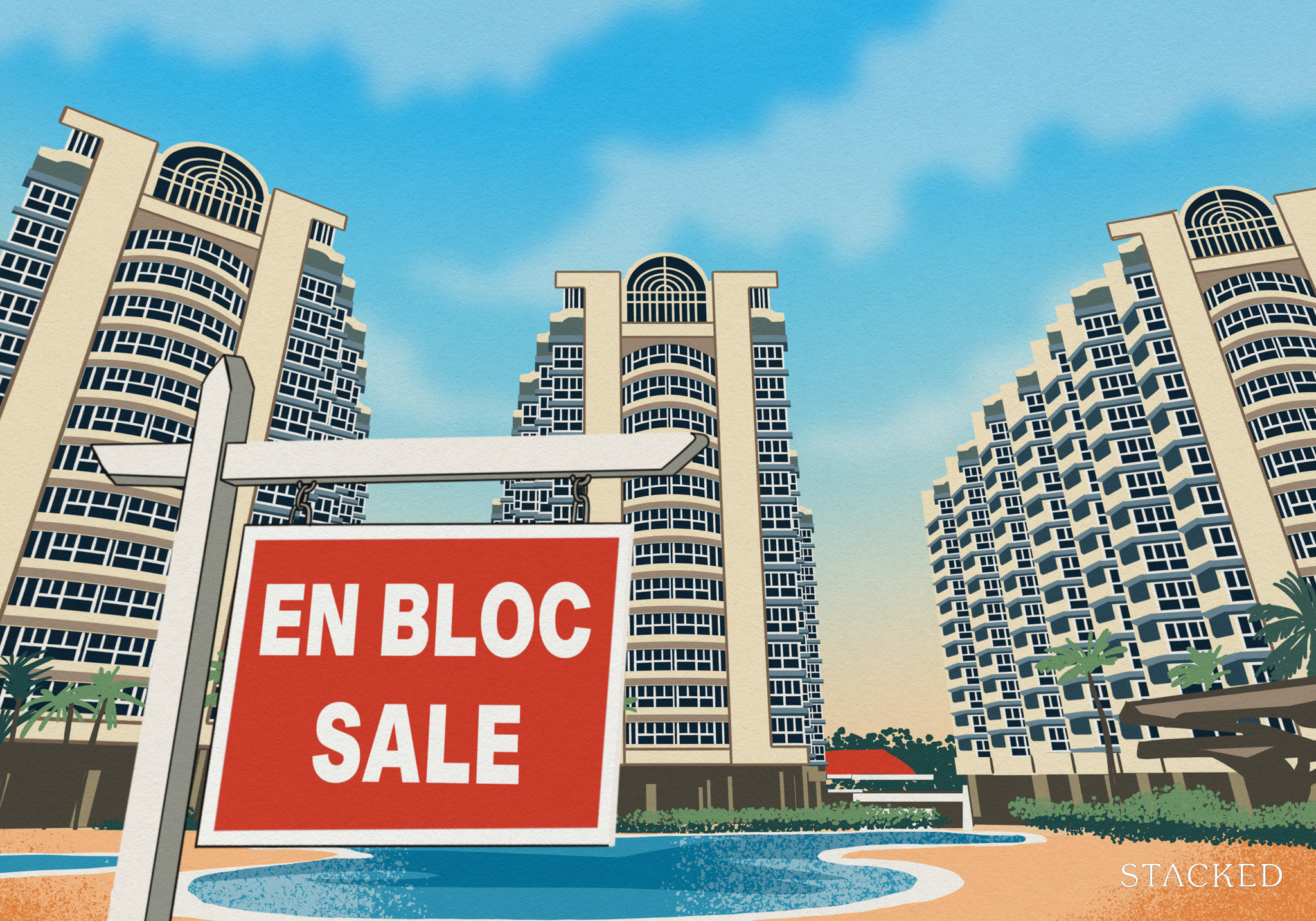
Singapore Property News Will Relaxing En-Bloc Rules Really Improve the Prospects of Older Condos in Singapore?
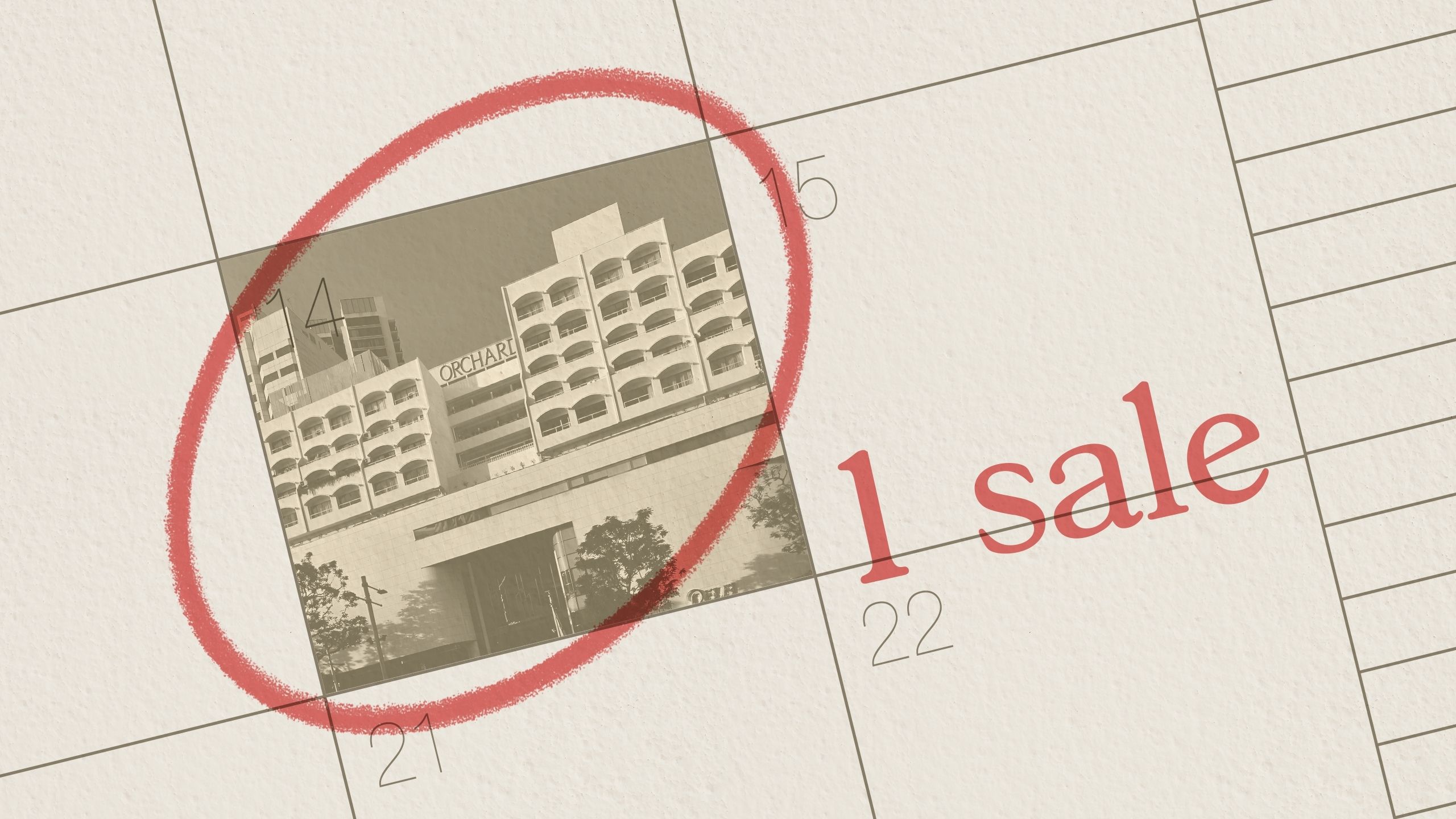
Property Market Commentary The Rare Condos With Almost Zero Sales for 10 Years In Singapore: What Does It Mean for Buyers?

Pro Why This Large-Unit Condo in the Jervois Enclave Isn’t Keeping Up With the Market
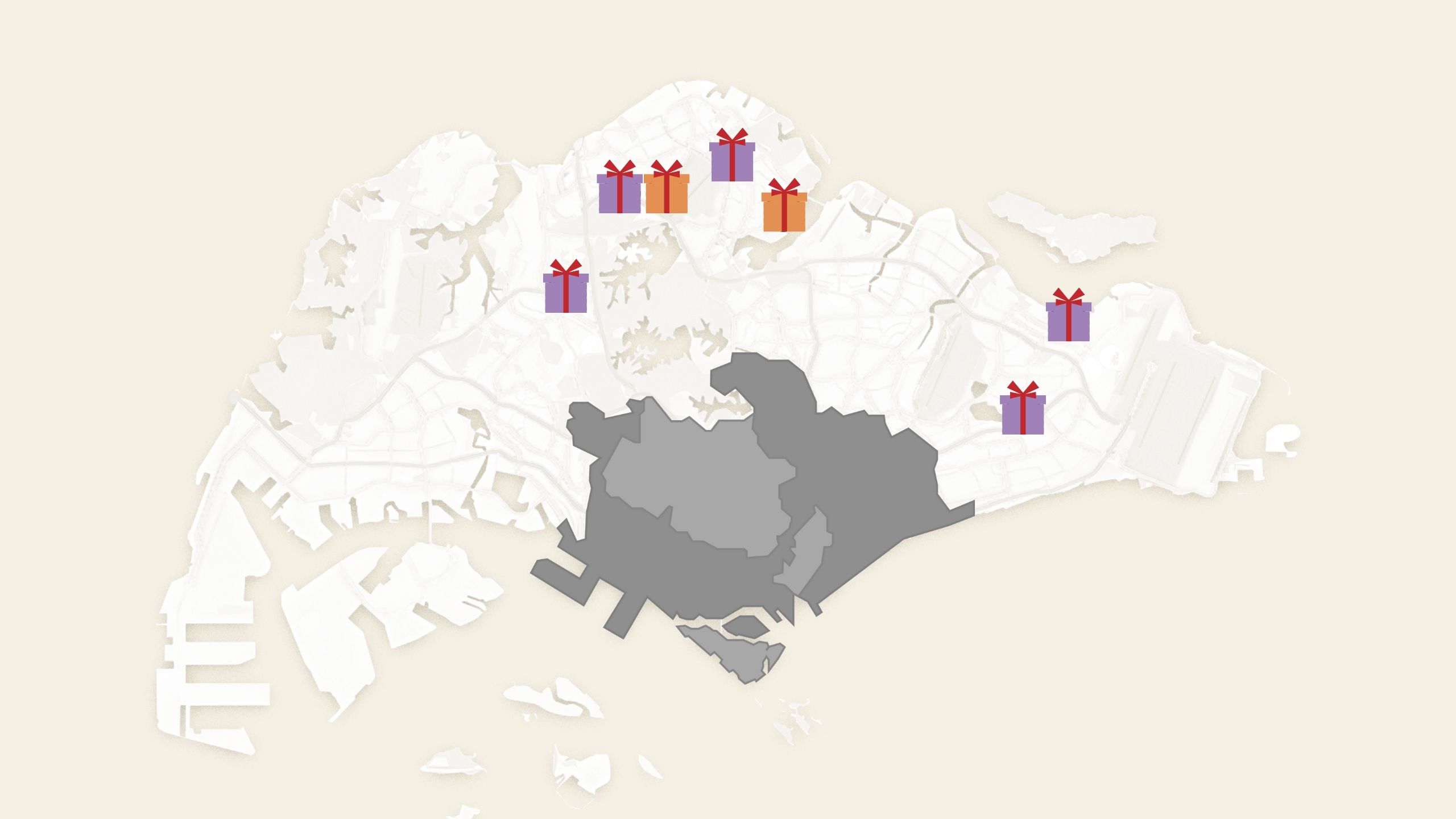
Property Market Commentary 5 Upcoming Executive Condo Sites in 2026: Which Holds the Most Promise for Buyers?
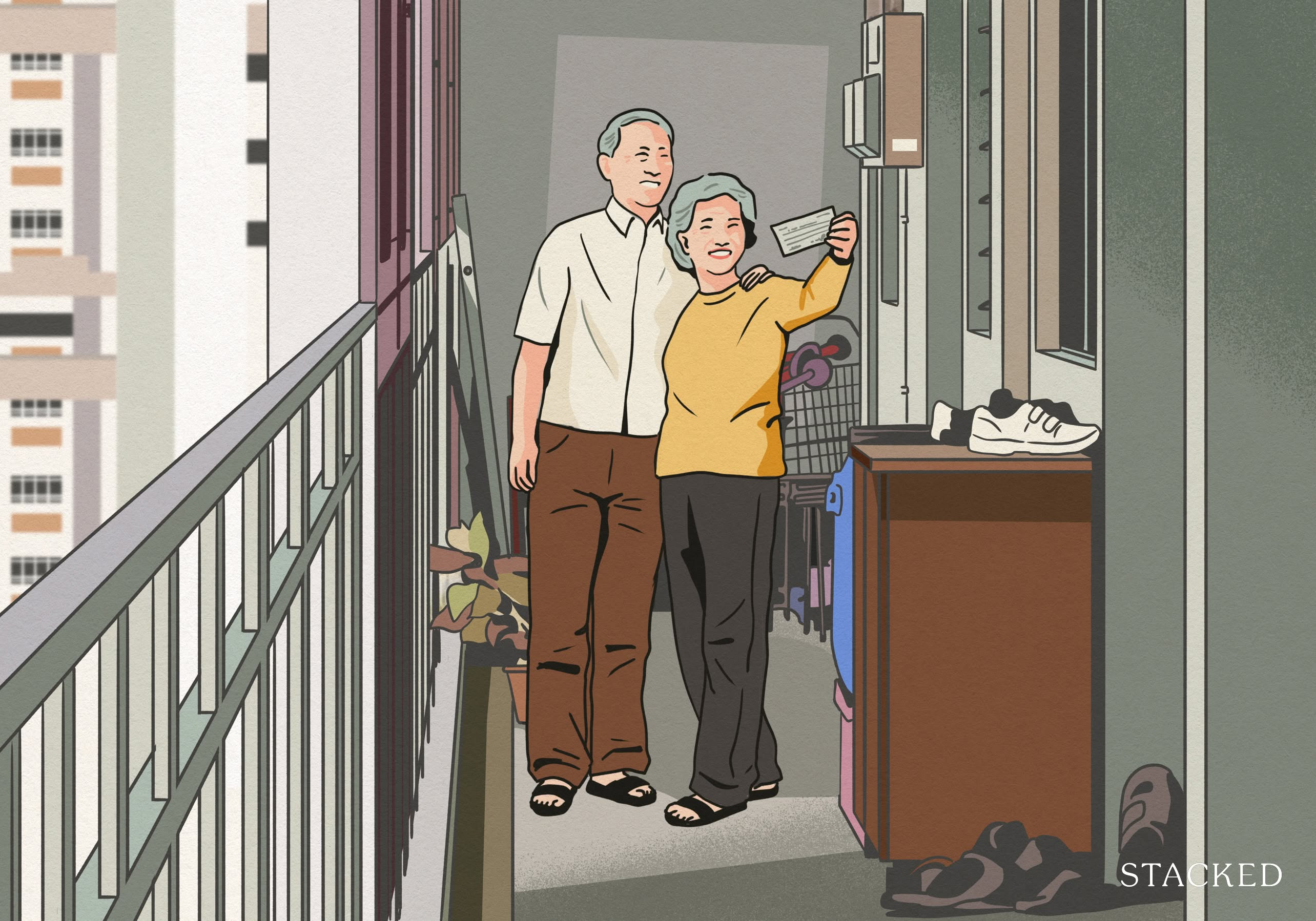
Singapore Property News A Housing Issue That Slips Under the Radar in a Super-Aged Singapore: Here’s What Needs Attention
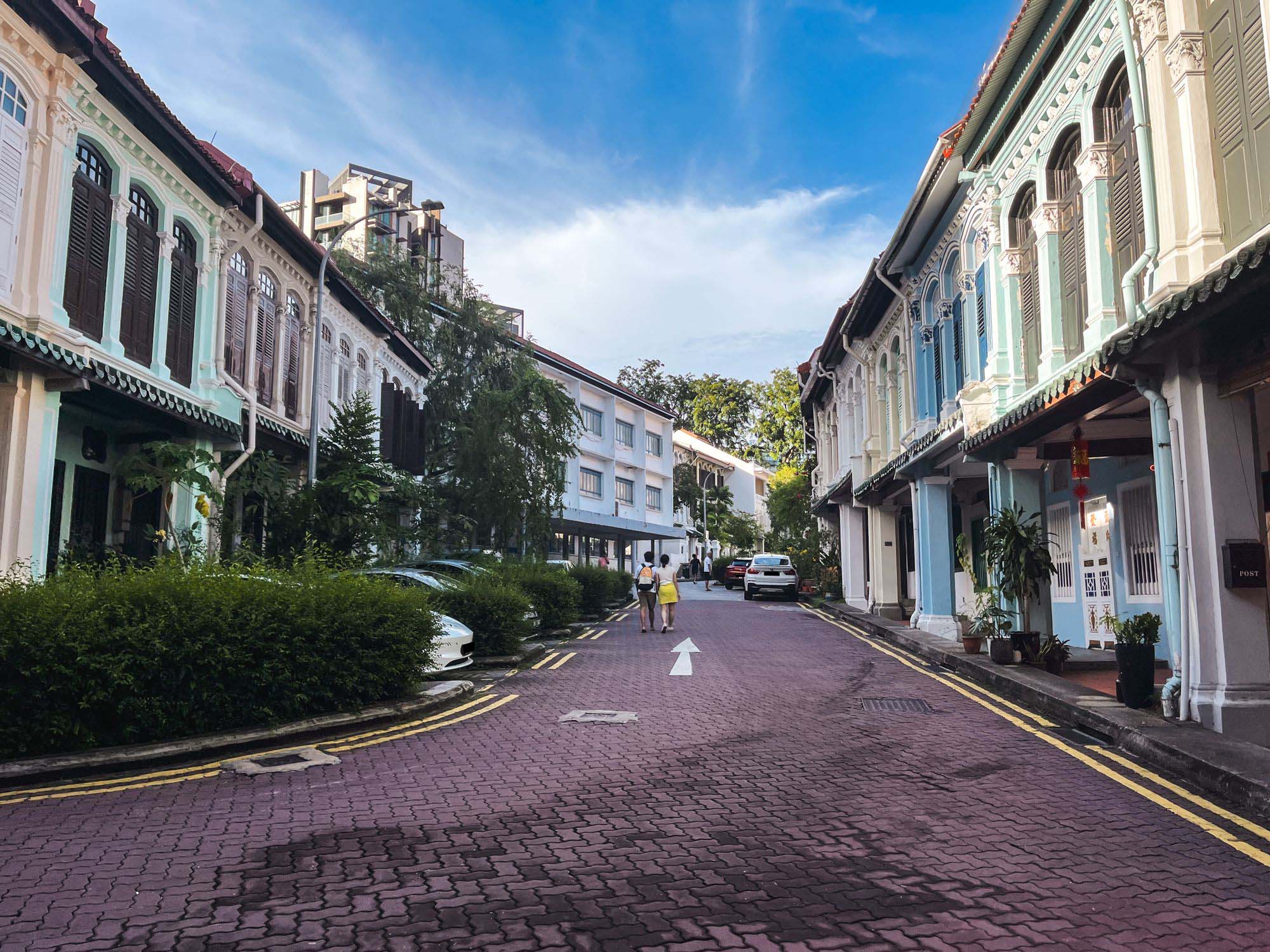
Landed Home Tours Inside One of Orchard’s Rarest Freehold Enclaves: Conserved Homes You Can Still Buy From $6.8M
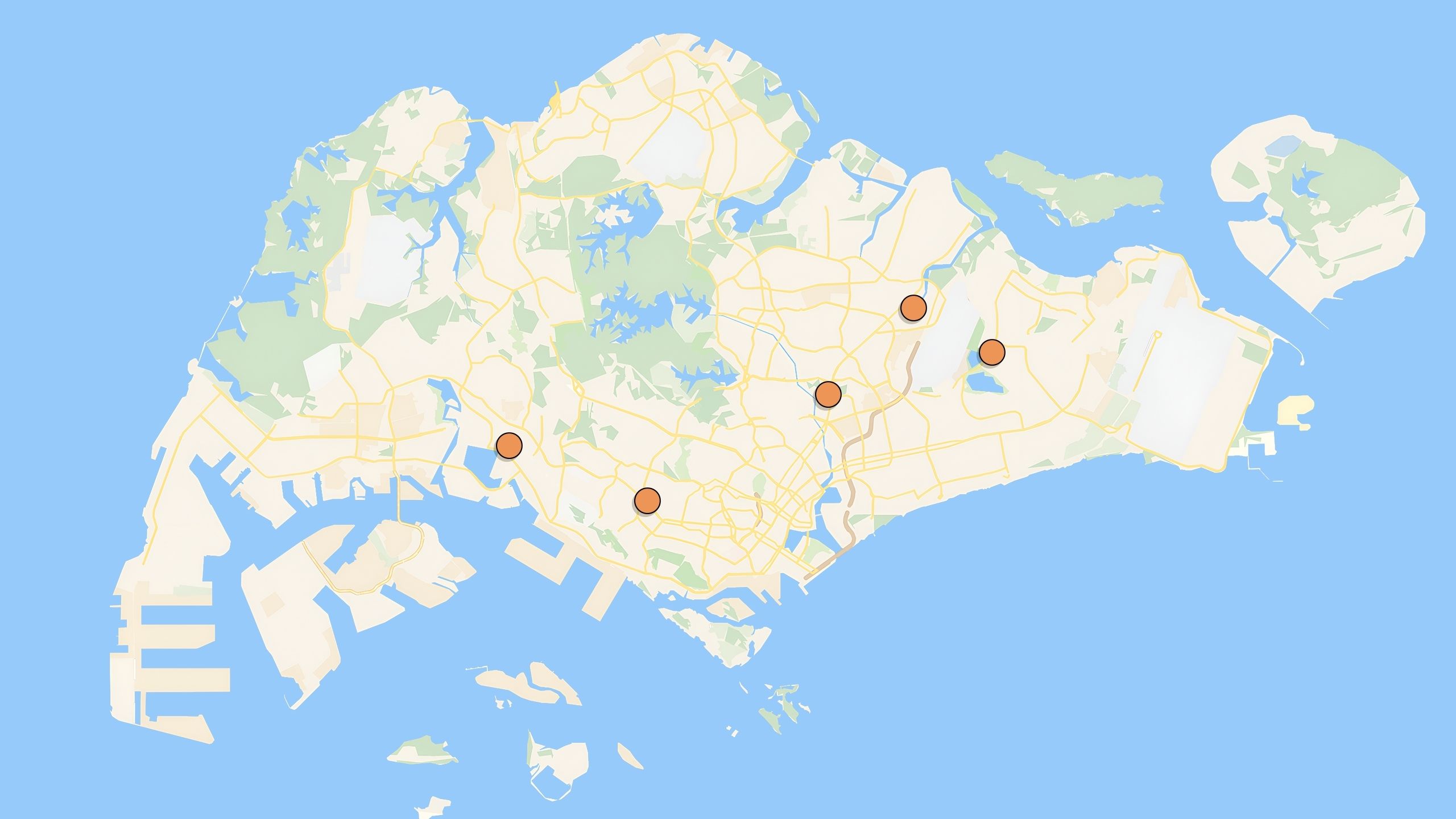
Property Investment Insights These 5 Condos In Singapore Sold Out Fast in 2018 — But Which Ones Really Rewarded Buyers?
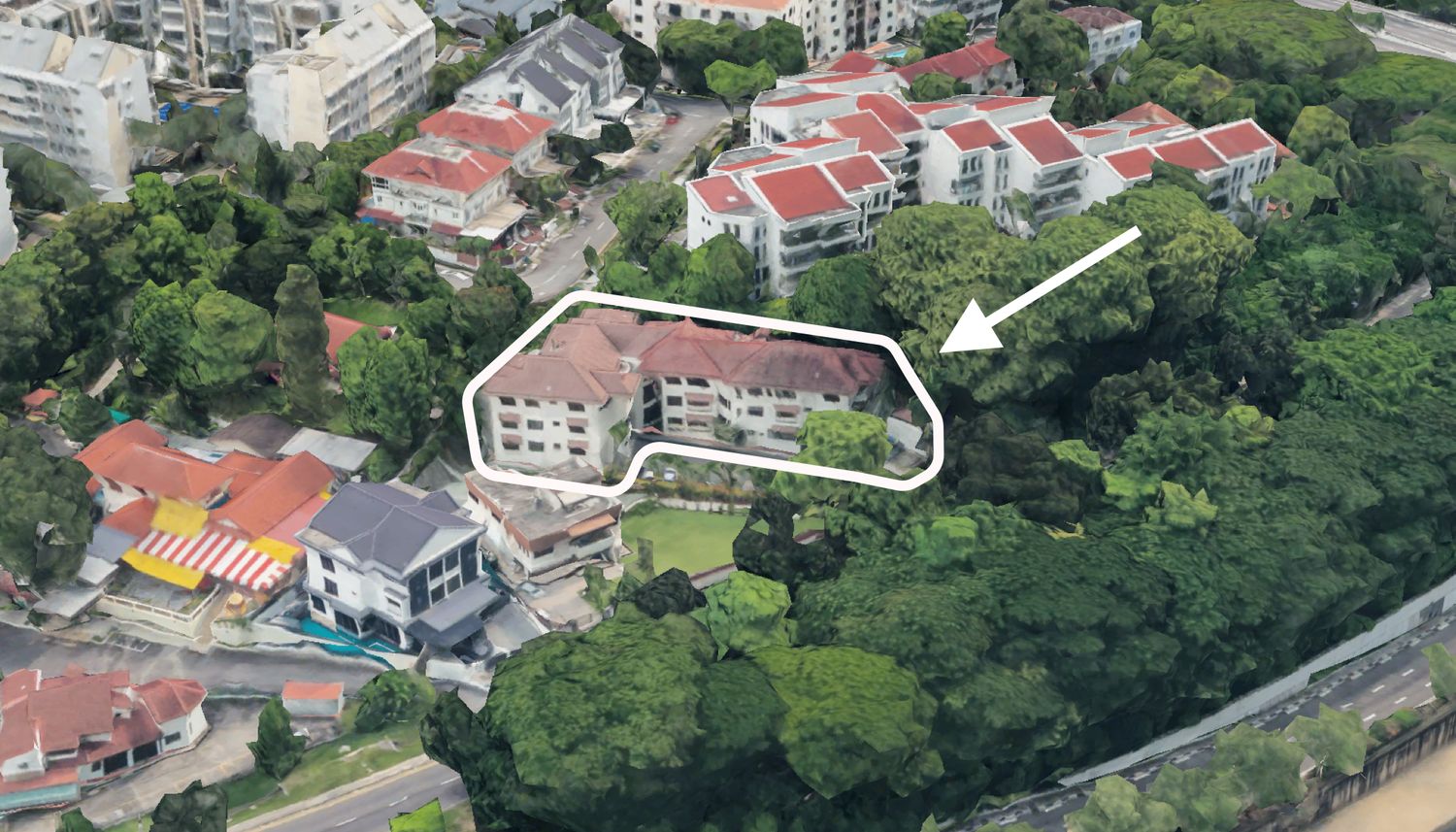
On The Market We Found The Cheapest 4-Bedroom Condos You Can Still Buy from $2.28M
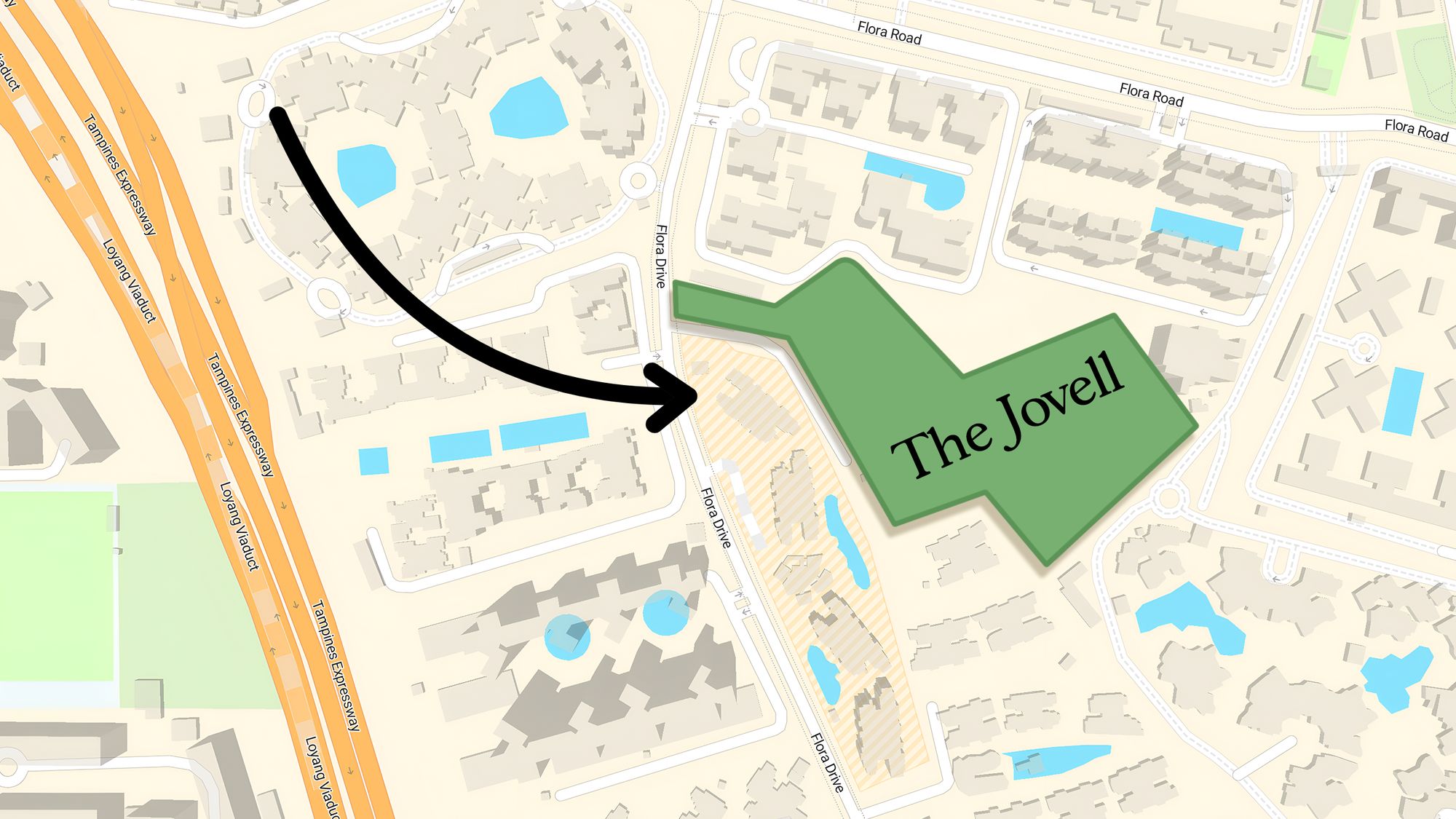
Pro Why This New Condo in a Freehold-Dominated Enclave Is Lagging Behind
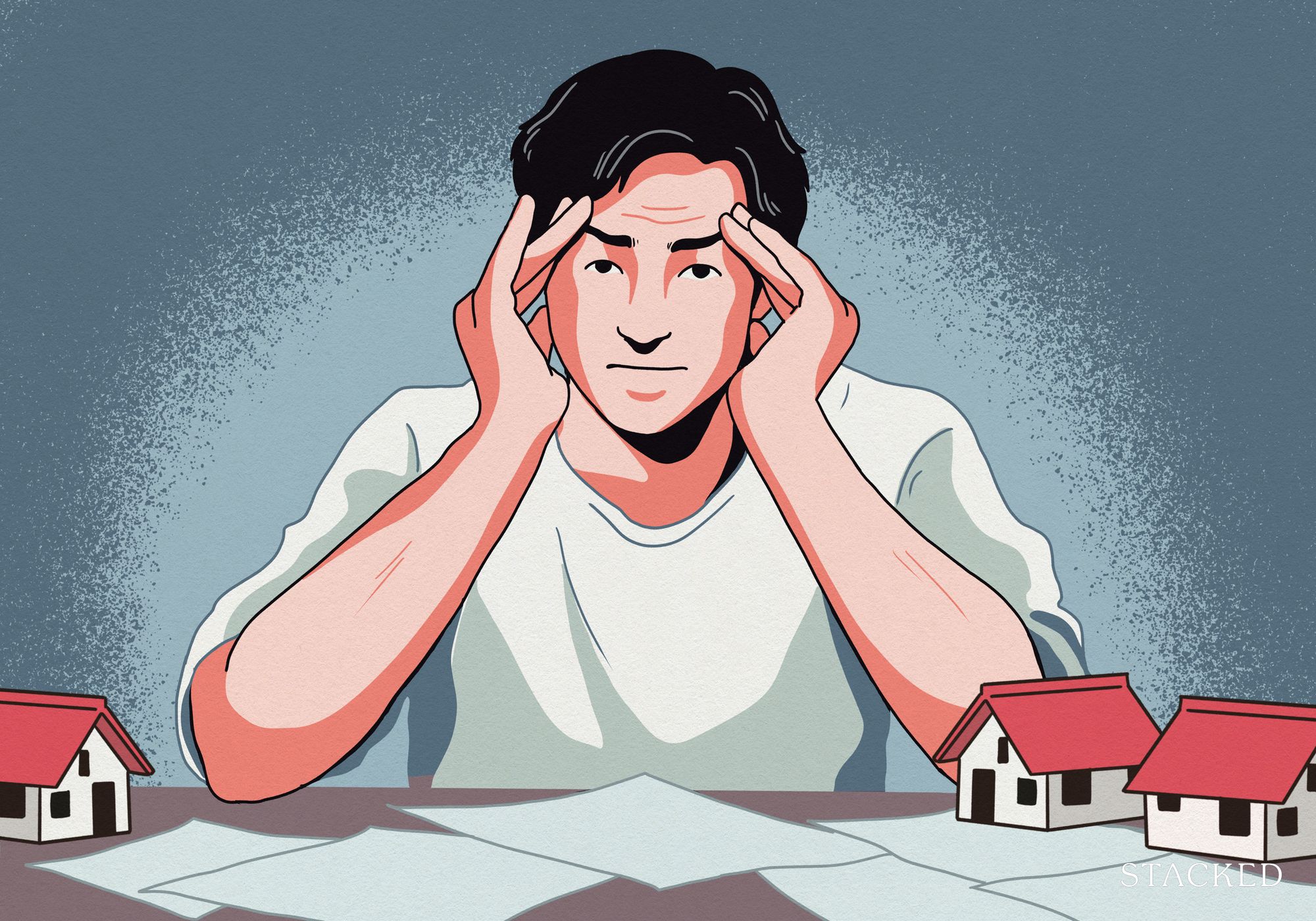
Homeowner Stories “I Thought I Could Wait for a Better New Launch Condo” How One Buyer’s Fear Ended Up Costing Him $358K

Editor's Pick This New Pasir Ris EC Starts From $1.438M For A 3-Bedder: Here’s What You Should Know
